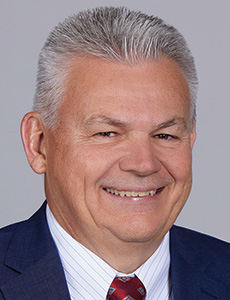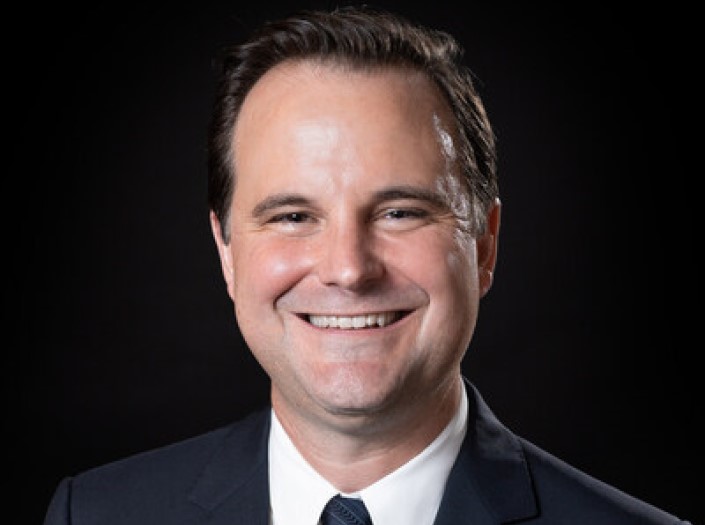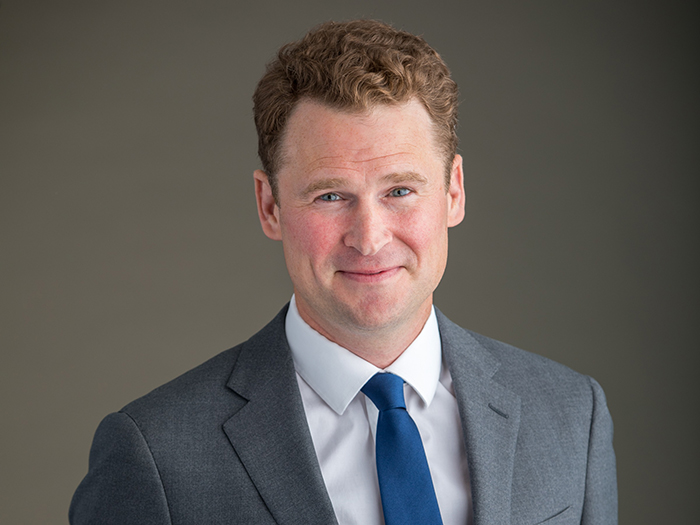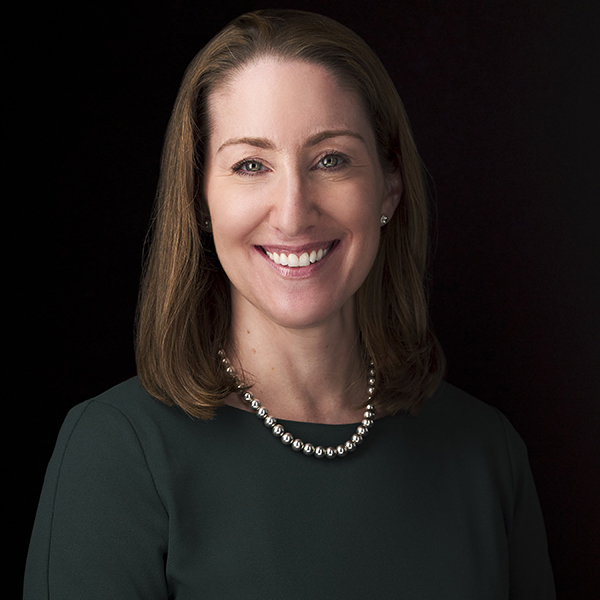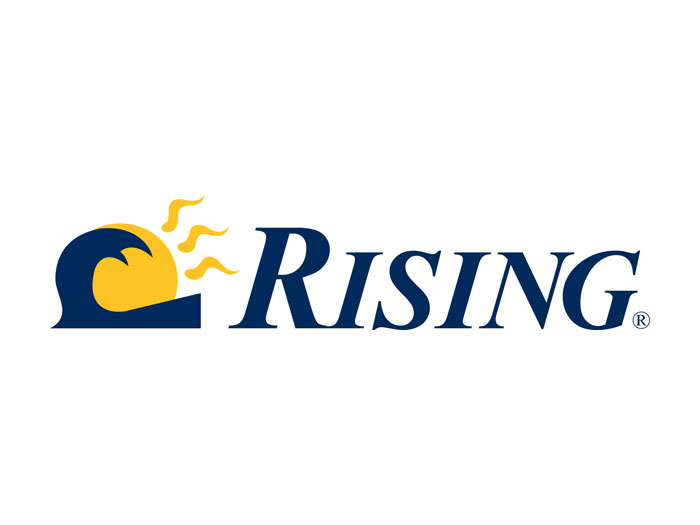Preparing for the Unpredictable: Claims Strategies for Insurers in an Era of Extreme Weather and Rising Costs
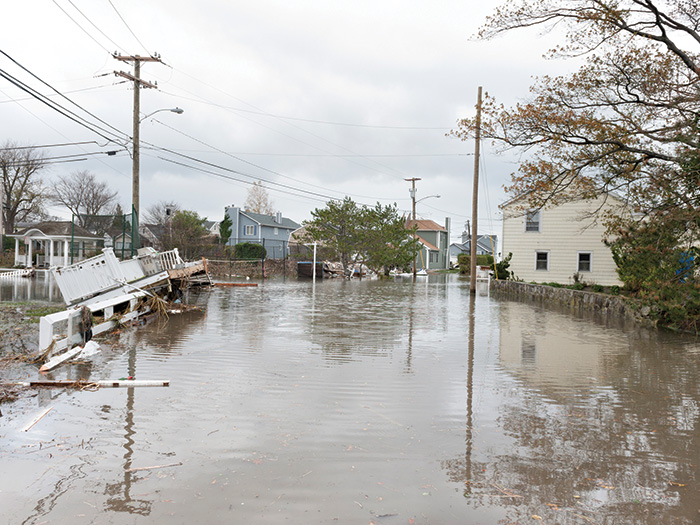
More extreme weather caused by climate change, rising material and labor costs, nuclear verdicts and social inflation have all resulted in larger catastrophic claims than ever before. 2023 alone was a record year, with 28 weather and climate disasters in the U.S., totaling $92.9 billion in damages, according to industry estimates, while 2024 is shaping up to be another year of sky-high claims.
There is nothing worse for a claimant than waiting for their claim to be resolved, particularly if it’s a big one running to tens of millions of dollars and the very survival of their business is at stake. That’s why insurers need to make a swift decision and, if the claim is valid, pay out as soon as possible without any qualms or protracted delays. If successful, the end result is a satisfied customer, who, ultimately, decides to stay with them at the next renewal.
“Stakeholders are increasingly pushing for fast and fair claims resolution and reduced claims cycle times,” said Douglas Dick, VP, client success/technical lead at Crawford. “Given the rise in catastrophic events in recent years, particularly in highly-populated areas, there’s an ever-increasing need for agile and swift claims resolution.”
From a liability perspective, social inflation has been the key driver for increased claims costs, according to Richard Ashe, national director of liability claims for Marsh. He said it has resulted in higher administrative costs and settlements when cases go to court: “Third-party private equity firms are increasingly funding plaintiff attorneys, so they have greater backing behind them,” Ashe said.
“The result is that juries are finding in favor of the plaintiff and the verdicts are esoteric for our clients.”
To tackle the problem, insurers need to get out early and engage with all stakeholders to expedite the claims handling process.
Bill VanVeldhuisen, chief claims officer at MSIG USA, said, “Early recognition of liability exposure is key. Leveraging pre-litigation mediation or settlement conferences as effective tools to reach compromises sooner, before costs spiral is an effective strategy. It’s also essential to explore every possible avenue for risk transfer. By prioritizing early and open communication with mediators and judges, we can often arrive at proposals that avoid drawn-out litigation and, ultimately, help safeguard the long-term viability of insureds.”
Strength of Partnerships
For their part, Ashe said insureds need to work with their broker and insurer to make sure they have the right coverage in place and understand the contract and their obligations. He added they must know who their main point of contact is in the event of a claim and report any incidents that happen in a timely manner.
Where multiple parties of insurers are involved in a claim, it’s critical that everything is communicated clearly and everyone has the same information to make informed decisions.
To make the process quicker and more seamless, these communication channels need to be open at all times, as well as the reassignment of independent loss adjustors and legal counsel before a loss happens. Insureds also need to have a pre-event recovery plan in place with the priorities listed out so that all those involved know their exact role. They also need to make sure those priorities are articulated to their claims adjustment team so that they can work more effectively together towards resolving the claim.
“The aim is to get people back to where they were before a loss as quickly as possible,” said John Shaw, senior vice president in Marsh’s national property claims practice. “Any time lags that can be eliminated will make the process run much smoother.”
Jerry Kissner, SVP property claims at Arch, said, “Insureds and carriers need to have a plan pre-event so they know who the team is, enlisting experts in the field of loss mitigation and recovery. It’s about making sure everyone is aligned and on the same page.”
Dick added, “Being prepared from day one by having an expert team in place that can respond to all the potential pressure points from a claim’s perspective, whether that be coverage or quantum related. That could mean engaging a forensic engineer or forensic accountant to help adjudicate the loss.”
Technology is playing a key role in reducing the time of the claims process too. Drones and satellite imaging can be used to quickly and accurately to assess property damage, particularly in hard-to-reach areas.
“There are so many technological advances currently out there with respect to assessments and valuations,” said Henry Daar, team leader, national property claims at WTW. “Now, you can use a drone to assess the condition of a roof in a matter of seconds or measure the damage caused to a property to an eighth of an inch.”
Video conferencing also makes it faster and easier to talk with the right people, especially if an event occurred in a different country or time zone. And by sharing data storage sites and blockchain, the insurer can quickly access the documents or information that they need to resolve the claim.
Artificial intelligence can be used to automate and speed up the claims process, both in working out the resources needed to address a claim and carrying out predictive modeling to calculate potential defense costs and outcomes, as well as for administrative tasks.
“Technology and AI are rapidly changing how we approach complex claims,” said VanVeldhuisen. “We now have tools that allow us to evaluate medical records and depositions far more efficiently, reducing the time it takes to assess liability and exposure.
“Integrating these advancements to improve accuracy and speed in our claims process ultimately helps us better serve our clients when they need us the most.”
Robert F. Tyson Jr., managing partner, Tyson & Mendes, said, “The good news is that there are opportunities now to adopt revolutionary technology and game-changing strategies to identify nuclear verdicts before they happen and stop them. If the insurance industry is willing to acknowledge the dire need for change and evolution, we can stem the tide and stop social inflation.”
However, alongside technology, it’s key to appoint experts who specialize in specific claim areas such as cyber and environmental risk.
Kissner added, “Technology enables the claims team to be more efficient and focus additional time on the critical matters at hand, and, once the event has happened, quickly get a picture of what’s happening on the ground and prioritize responses accordingly.” &

